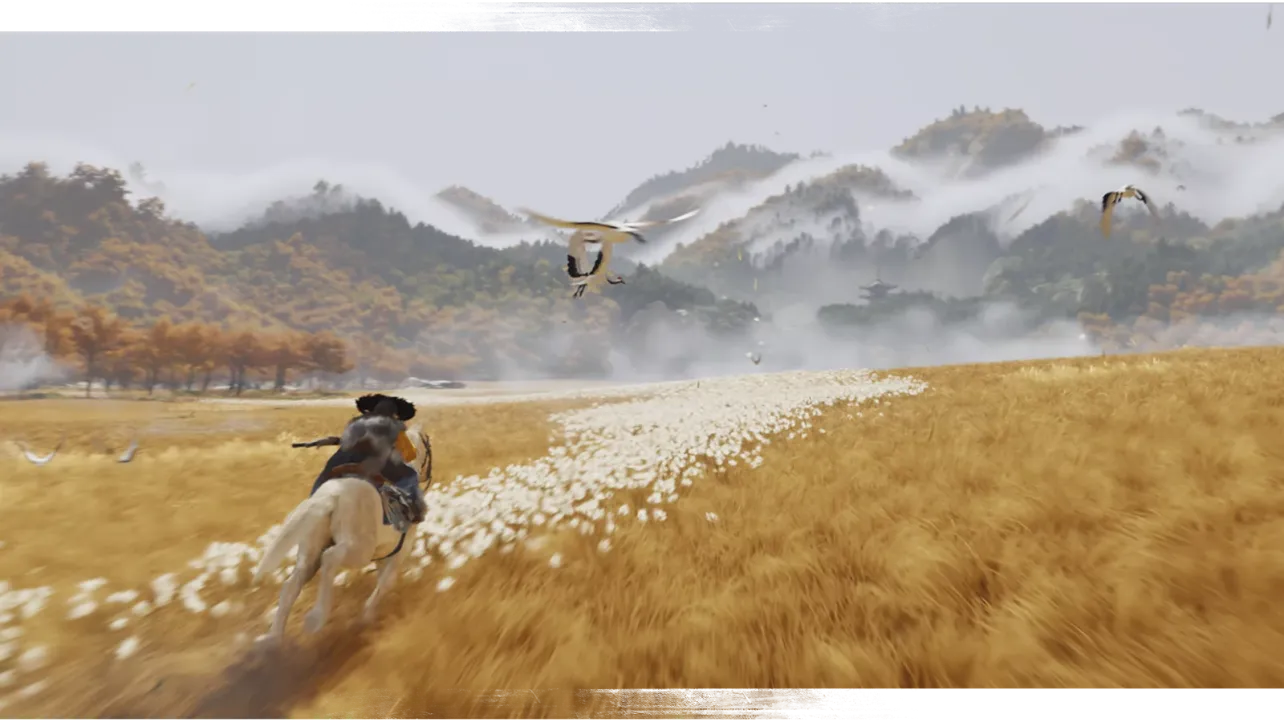Ghost of Tsushima is set in 1274 on the real Japanese island of Tsushima, at the opening of the Mongol invasions of Japan. That historical anchor — the first expedition often called the Battle of Bunei — is the backdrop for a fictional tale about samurai Jin Sakai, his uncle Lord Shimura, and an invented Mongol commander, Khotun Khan.
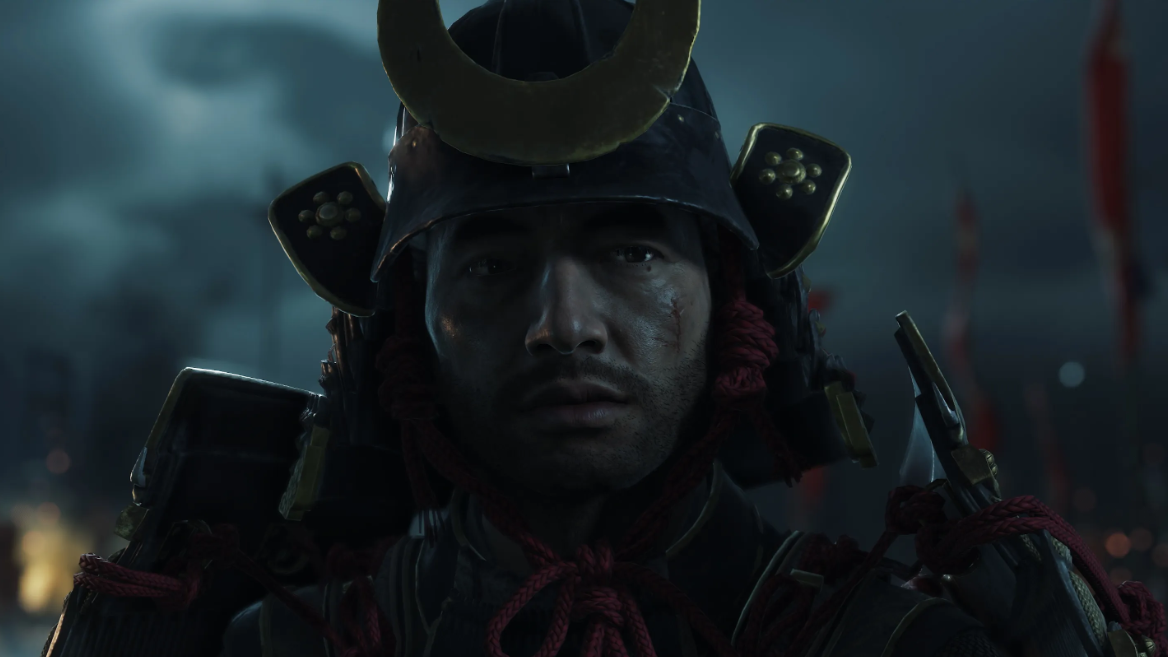
Ghost of Tsushima setting (1274, Tsushima)
In 1274, a Mongol-led force made its initial landings on Tsushima before moving toward Kyushu. Historically, Tsushima’s defenders were quickly overwhelmed and the island fell within days. The wider campaign stalled after the invaders withdrew from Kyushu; years later a second, larger invasion in 1281 also failed, with storms destroying much of the fleet — the origin of the “divine wind” legend.
The game plants you at the very start of this history. It opens with the Mongol landing and uses Tsushima’s position between Japan and the continent as a crucible, but the story is not a documentary. Every major character on the Japanese side is fictionalized, and Khotun Khan is presented as a cousin of Kublai Khan to tie the narrative to the empire driving the invasions.
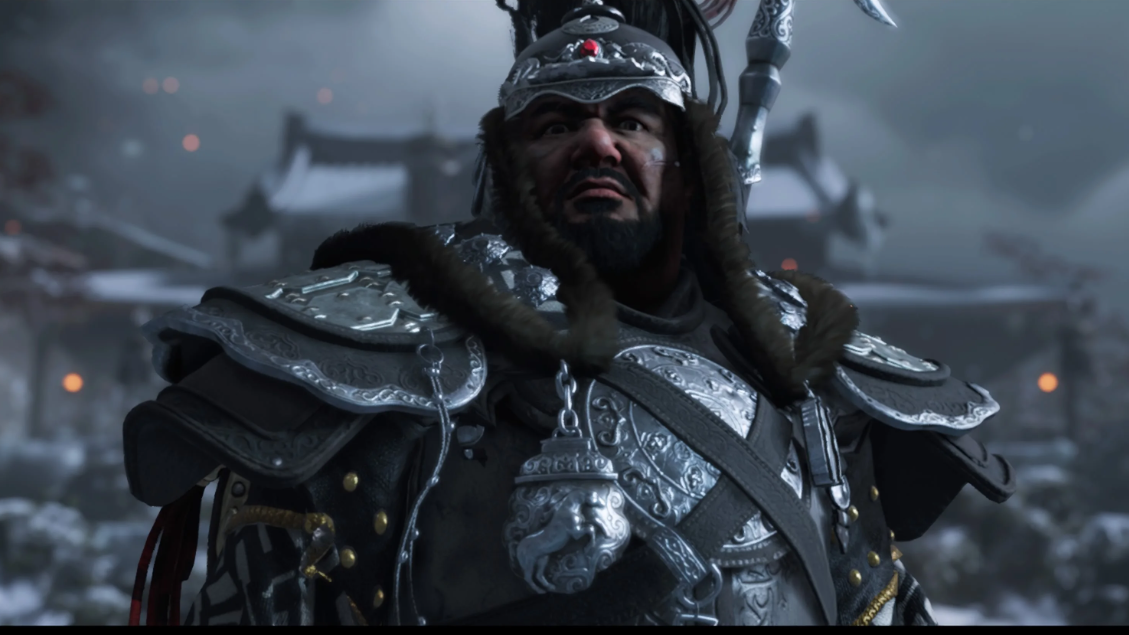
What the game keeps from history — and what it stylizes
There’s a clear split between the period framing and the details:
- Anchored in 1274 on Tsushima: the time and place are accurate, including the Mongol landing and the island’s strategic role.
- Fictional protagonists and antagonist: Jin Sakai, Lord Shimura, and Khotun Khan are invented to tell a character-led story.
- Stylized geography: Tsushima’s outline is recognizable, but the island is redesigned into distinct biomes rather than a 1:1 map.
- Kaneda Castle anachronism: the game’s fortress centerpiece borrows the name of an ancient mountaintop site; what you infiltrate is a cinematic reimagining, not the 7th-century earthwork that existed by name.
Military tech and tactics are a blend. Mongol forces wield gunpowder early in the story, which tracks with 13th-century realities, and archery is a consistent theme on both sides. By contrast, much of the samurai armor silhouette and the prominence of the katana reflect later eras; high-ranking warriors in the 1270s more commonly relied on bows, polearms, and earlier sword forms, while the “classic” katana look rose centuries later.
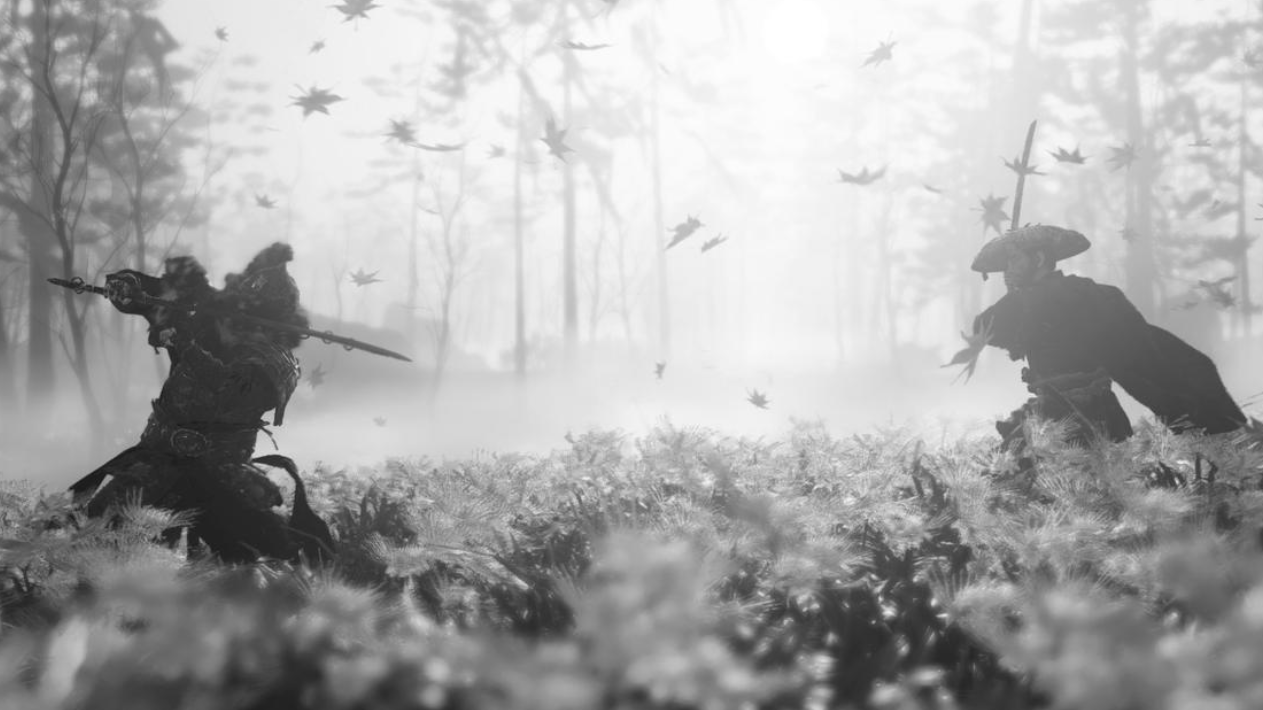
Another simplification: the invading “Mongol” army presented on screen is largely steppe Mongol in identity and equipment. In 1274, the expedition drew heavily on Chinese and Korean contingents under Mongol rule; those forces are largely off-camera here to keep the fiction legible.
How the 1274 date shapes the story
Choosing the Kamakura period (1185–1333) matters. This was an age of shifting power centers, with real authority concentrated under regents in Kamakura rather than the court in Kyoto. The game references the shogun as the apex of mainland power, which keeps the politics readable even if it compresses how governance actually worked in 1274.
The script also leans into a moral dilemma about “honorable” versus “dishonorable” warfare. That’s a deliberate narrative device. In the 13th century, there were ideals of valor and reputation among warrior elites, but battlefield pragmatism — ambushes, night raids, and other stratagems — coexisted with them. The internal conflict fuels Jin’s transformation; it isn’t meant as a thesis on medieval rules of war.
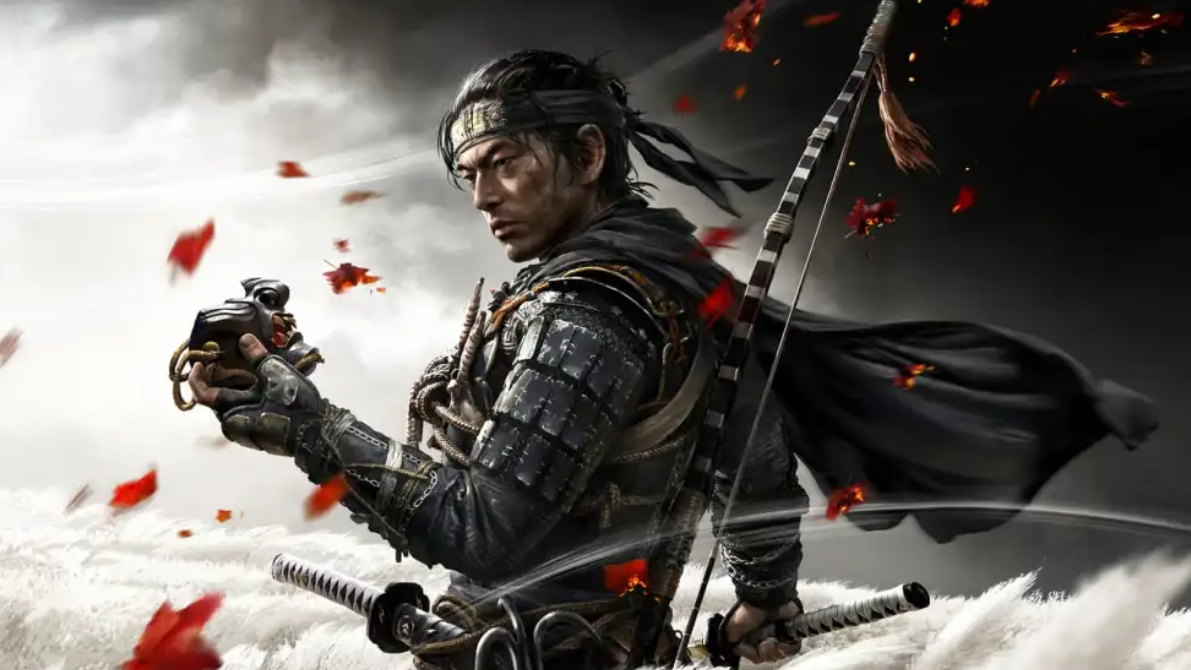
Where the expansions and modes sit on the timeline
Everything attached to the main campaign stays inside the 1274 arc:
- Iki Island (Director’s Cut): a side story that sends Jin to neighboring Iki during the same invasion timeframe, exploring his past while confronting a new Mongol faction.
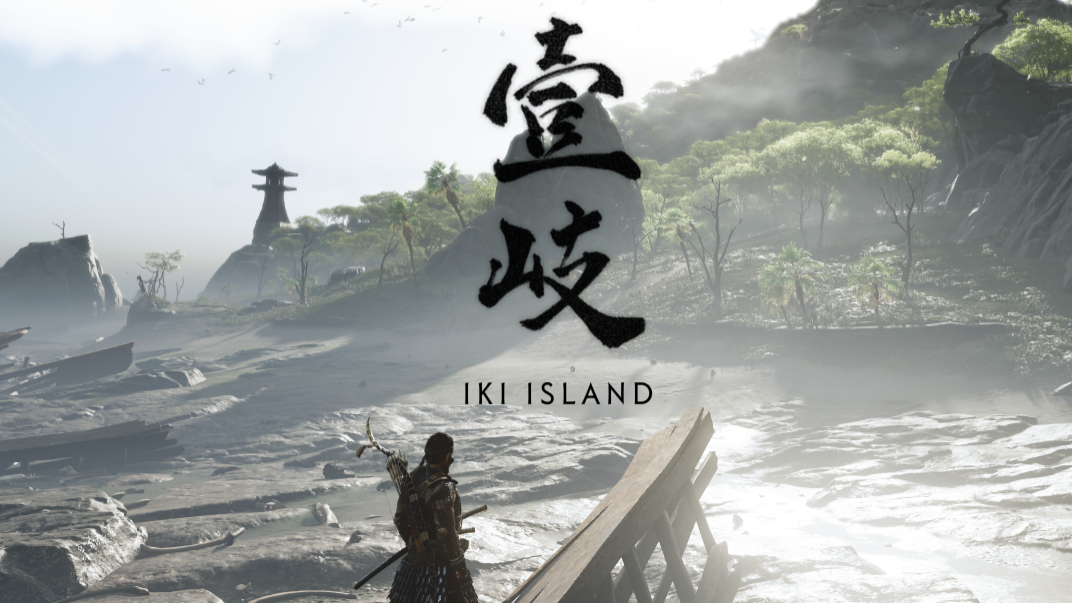
- Legends multiplayer: a separate cooperative mode inspired by Japanese mythology with supernatural enemies and realms; it stands outside the historical timeline.
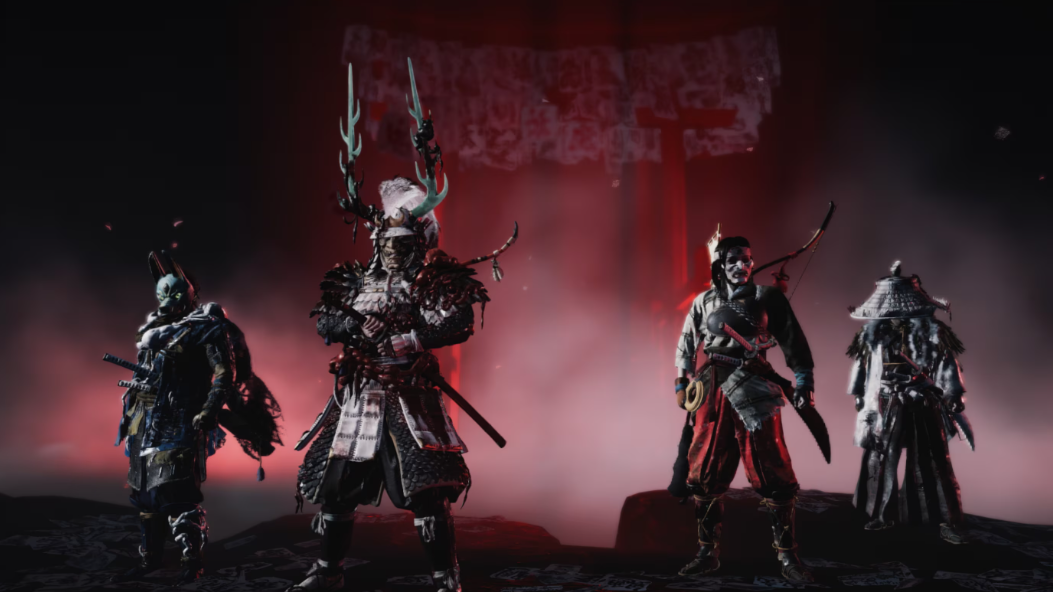
The sequel moves centuries ahead (1603, Mount Yōtei)
Ghost of Yōtei shifts the series to 1603, more than three centuries after Jin’s story. It trades Tsushima for the lands around Mount Yōtei on today’s Hokkaido and introduces a new protagonist, Atsu. The year 1603 marks the threshold of Japan’s early modern era, so expect different political currents and frontier dynamics than the Kamakura setting. The sequel is slated for October 2, 2025.
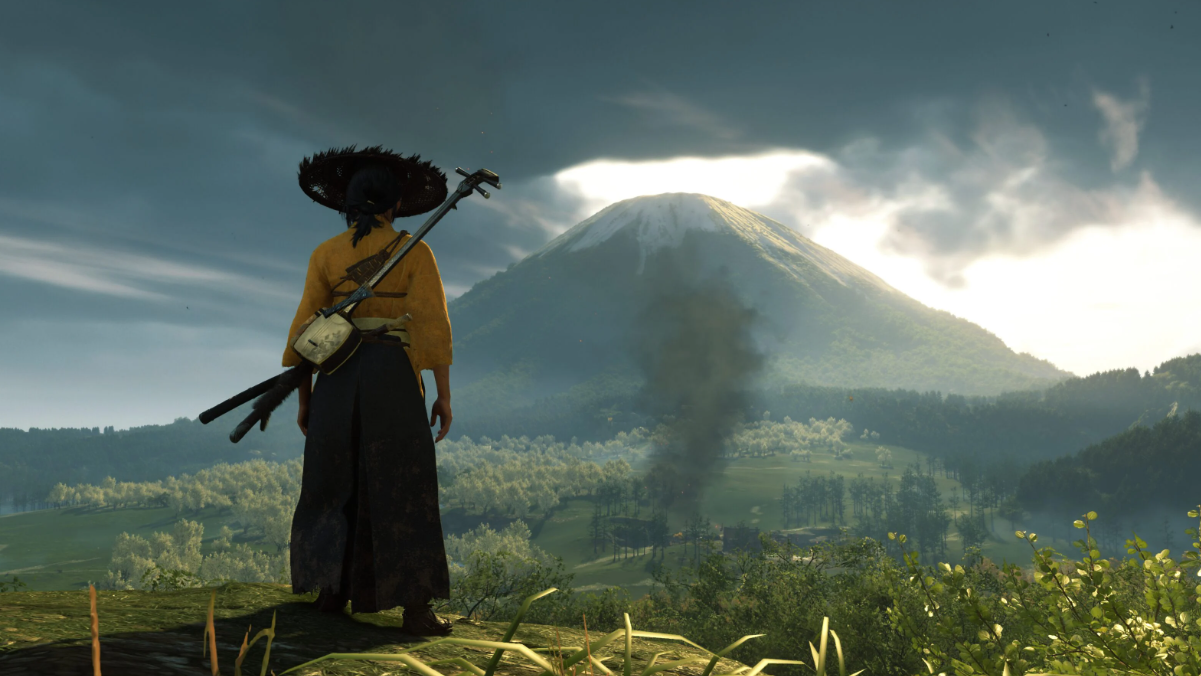
Quick reference: where each “Ghost” entry fits
| Title | Year | Primary location | Timeline fit | Notes |
|---|---|---|---|---|
| Ghost of Tsushima | 1274 | Tsushima Island | First Mongol invasion (Bunei) | Fictional characters; stylized island geography |
| Iki Island (expansion) | 1274 (concurrent) | Iki Island | Side arc within main campaign | Focus on Jin’s backstory and a new Mongol tribe |
| Legends (multiplayer) | Mythic | Otherworldly realms | Outside history | Supernatural enemies and classes |
| Ghost of Yōtei | 1603 | Mount Yōtei region (Hokkaido) | New era, new protagonist | Release scheduled for October 2, 2025 |
If you’re pinning the series on a calendar, Ghost of Tsushima happens in 1274 at the very start of the Mongol campaigns against Japan, on a Tsushima that’s been reimagined for a character-driven action story. The add-on stays in that same year; the mythology-forward co-op sits outside history; and the sequel jumps to 1603 with a new setting and lead. The dates frame the fiction — and that’s exactly how the games use them.

